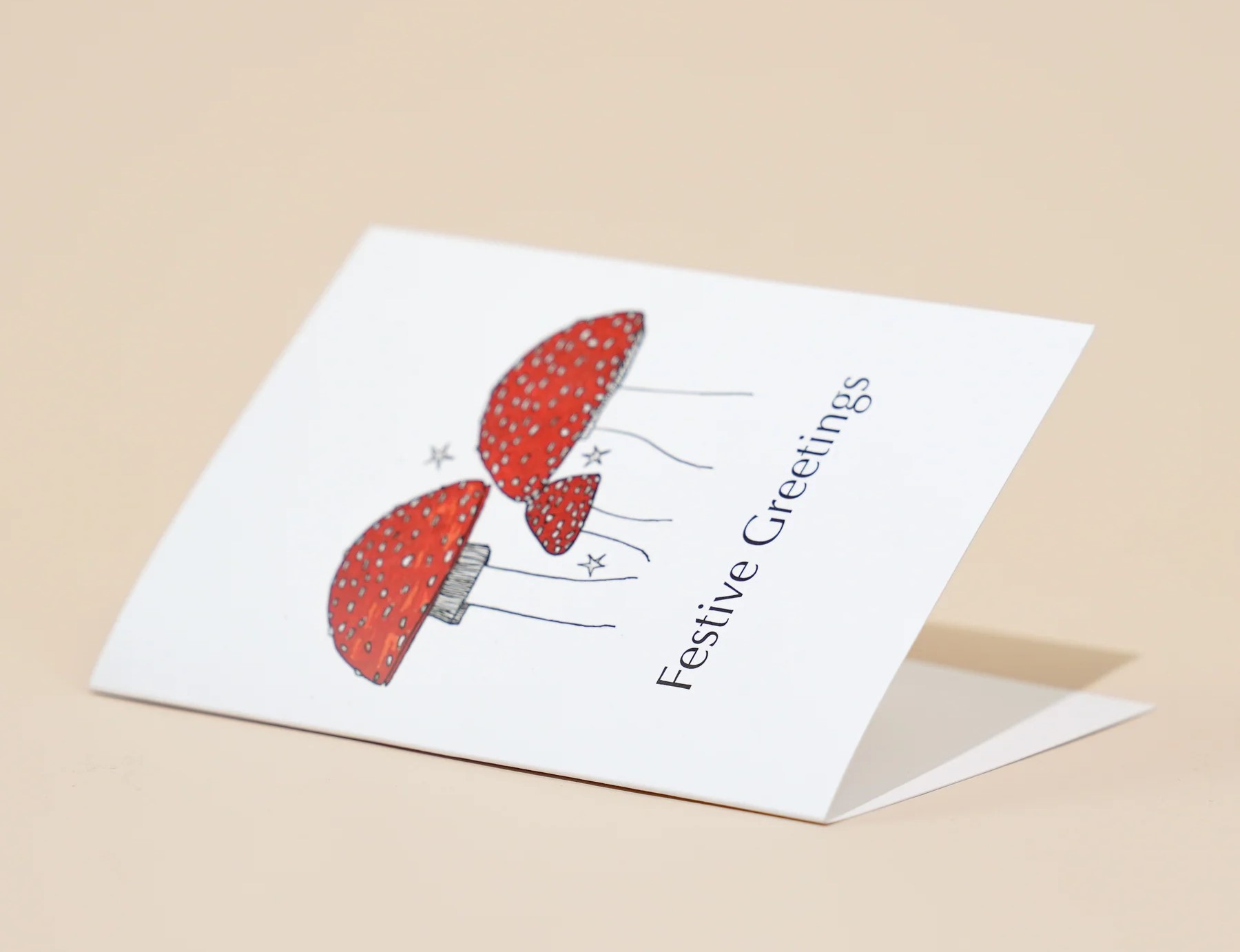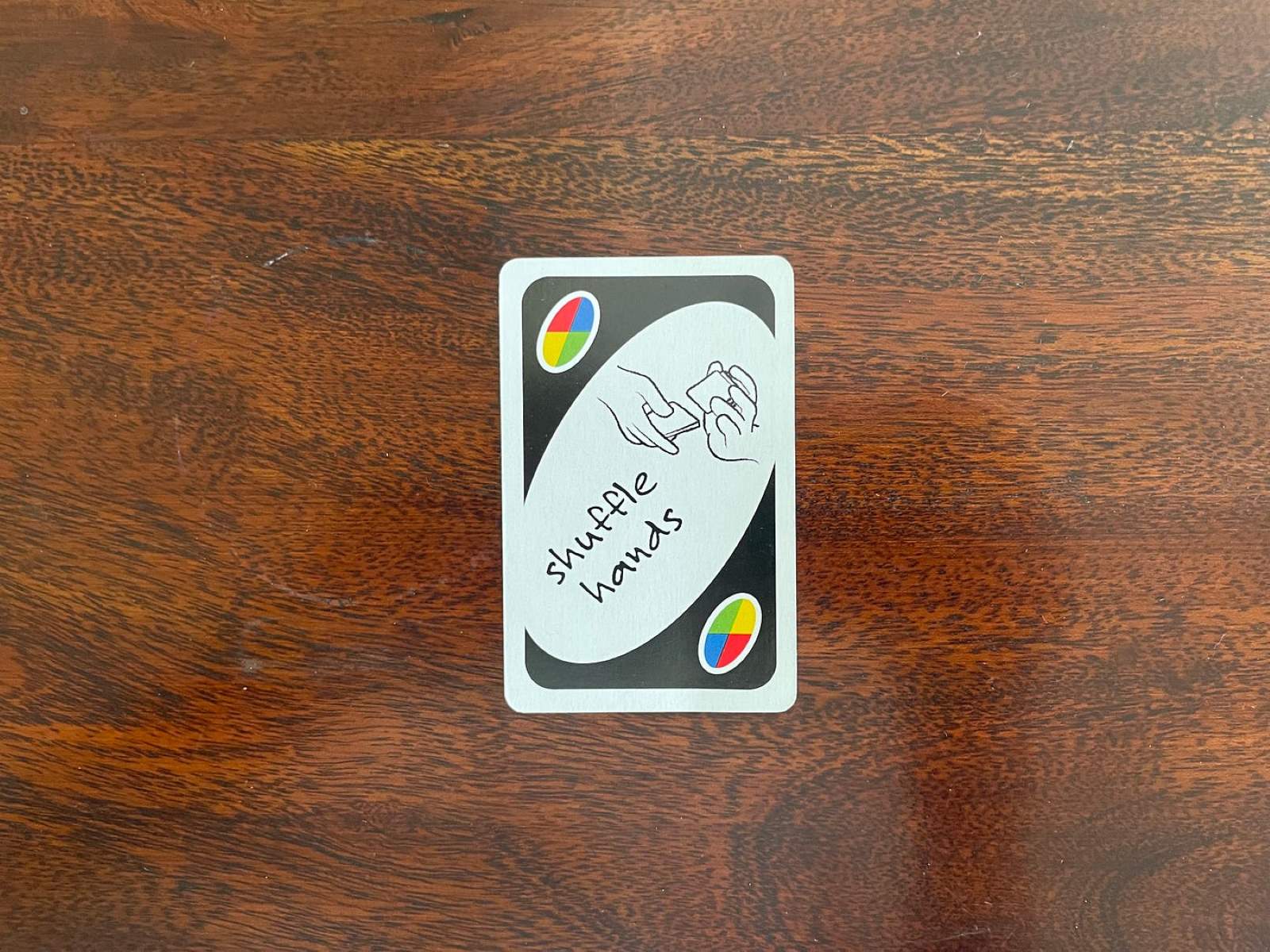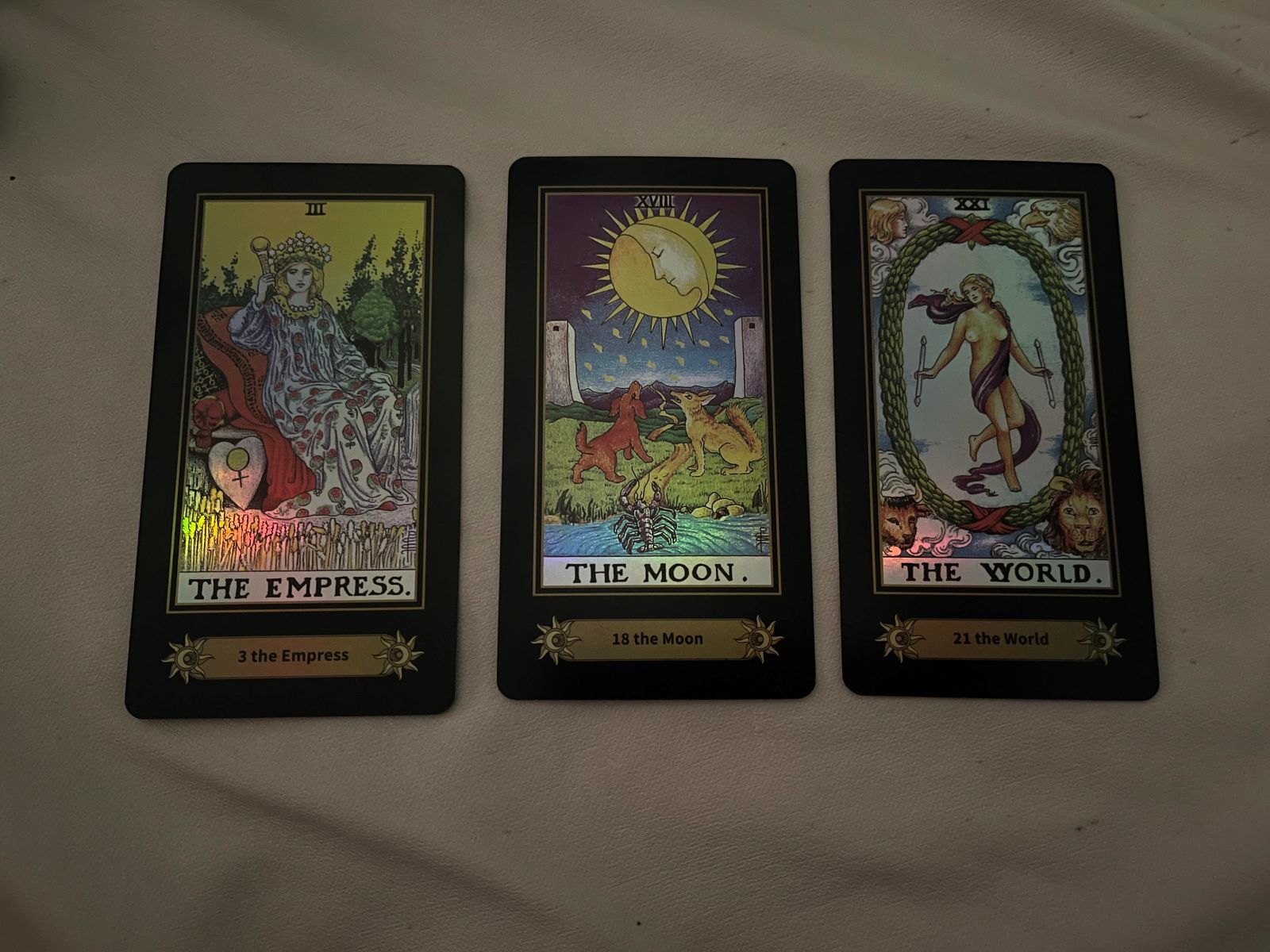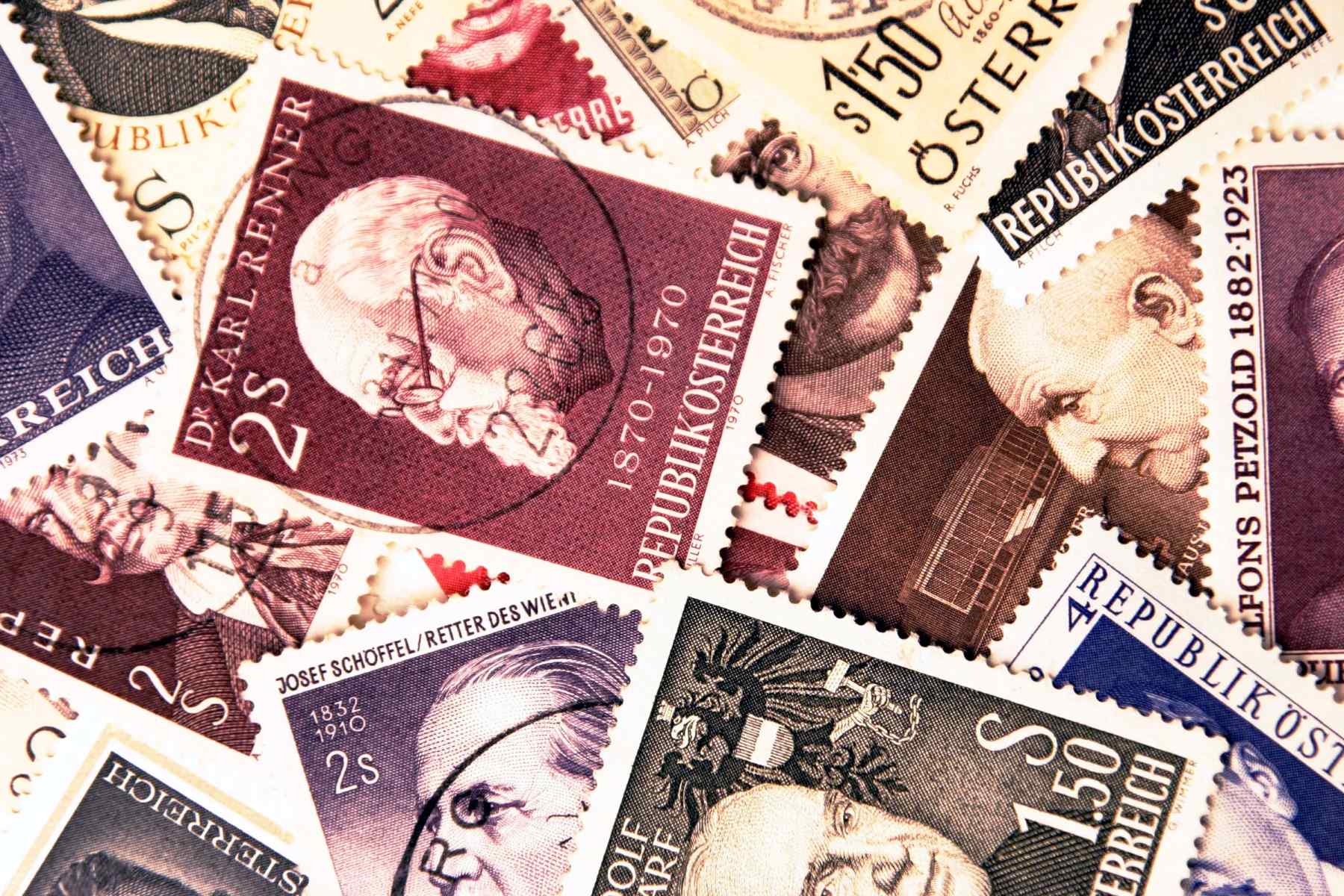Home>Lifestyle>The Surprising Truth About Greeting Cards: Are They Still Sent Or Replaced By Email And Texts?


Lifestyle
The Surprising Truth About Greeting Cards: Are They Still Sent Or Replaced By Email And Texts?
Published: February 13, 2024
Discover the latest trends in sending greeting cards and whether they are being replaced by digital communication. Explore the impact on lifestyle and personal connections.
(Many of the links in this article redirect to a specific reviewed product. Your purchase of these products through affiliate links helps to generate commission for Regretless.com, at no extra cost. Learn more)
Table of Contents
Introduction
Greeting cards have long been cherished as a heartfelt way to express sentiments on special occasions. From birthdays and holidays to graduations and weddings, these tangible tokens of affection have held a significant place in our lives. However, in the digital age, where emails and texts have become the norm, the role of traditional greeting cards has come into question. This shift has sparked a fascinating debate about the enduring relevance and emotional impact of these timeless keepsakes.
As we navigate the evolving landscape of communication, it's essential to delve into the history, cultural significance, and enduring appeal of greeting cards. By exploring these facets, we can gain a deeper understanding of their profound impact on human connections and the ways in which they continue to resonate with individuals across generations. Let's embark on a captivating journey to unravel the surprising truth about the enduring allure of greeting cards in the face of modern technological advancements.
History of Greeting Cards
The history of greeting cards can be traced back to ancient Chinese and Egyptian cultures, where people exchanged messages of goodwill to mark significant events. However, it was in Europe during the 15th century that the concept of sending personalized messages on paper began to take shape. The tradition of exchanging handmade valentines and New Year's greetings gained popularity, setting the stage for the modern greeting card industry.
The 19th century witnessed a remarkable transformation in the production and commercialization of greeting cards. With advancements in printing technology, mass-produced cards became more accessible to the public. The introduction of postage stamps further facilitated the widespread exchange of greetings, leading to the establishment of the greeting card industry as we know it today.
During this period, pioneers such as Louis Prang in the United States and Sir Henry Cole in England played pivotal roles in popularizing the tradition of sending greeting cards. Their innovative designs and artistic flair elevated the status of greeting cards from mere utilitarian notes to cherished expressions of emotion.
The 20th century marked a significant expansion in the range of occasions for which greeting cards were exchanged. From birthdays and anniversaries to holidays and graduations, greeting cards became a staple in commemorating life's milestones. The evolution of the greeting card industry also saw the emergence of diverse styles, including humorous cards, sentimental verses, and elaborate designs, catering to a wide spectrum of tastes and preferences.
In recent decades, technological advancements have revolutionized the way we communicate, leading to concerns about the future of traditional greeting cards. However, despite the prevalence of digital communication, the enduring appeal of greeting cards endures. Their tangible nature, personalized messages, and emotional resonance continue to distinguish them as cherished tokens of affection in a fast-paced, digital world.
The rich history of greeting cards reflects their enduring significance as vehicles for conveying heartfelt sentiments across time and cultures. As we explore the cultural and emotional dimensions of greeting cards, we gain a profound appreciation for their timeless role in fostering human connections and enriching our lives.
The Rise of Email and Texts
The advent of digital communication has ushered in a new era of instantaneous and convenient ways to connect with others. Email and text messaging have become ubiquitous, offering swift and efficient modes of communication in both personal and professional spheres. The ease of composing and sending messages at the touch of a button has transformed the way we interact, enabling rapid exchanges that transcend geographical boundaries.
In the realm of personal correspondence, email and text messaging have revolutionized the way individuals convey greetings, well-wishes, and expressions of affection. Birthdays, holidays, and special occasions are now commemorated with virtual greetings sent through electronic channels. The expediency of digital communication has undoubtedly streamlined the process of sending and receiving messages, allowing individuals to stay connected with loved ones across the globe.
Moreover, the integration of multimedia elements in digital messages has enhanced the expressive capabilities of email and text communication. From animated e-cards to personalized digital artworks, individuals can now infuse their messages with visual and auditory elements, adding layers of creativity and personalization to their greetings. The dynamic nature of digital media allows for interactive and visually captivating content, enriching the experience of sending and receiving virtual greetings.
In the corporate landscape, email has become the primary mode of professional correspondence, facilitating efficient communication within and across organizations. Similarly, text messaging has emerged as a valuable tool for swift and succinct exchanges, enabling real-time communication in business settings. The seamless integration of email and text messaging into professional workflows has streamlined collaboration, decision-making, and information dissemination, underscoring their indispensable role in modern workplace communication.
Despite the undeniable convenience and efficiency of digital communication, the rise of email and texts has prompted discussions about their impact on traditional modes of expression, including the exchange of physical greeting cards. The prevalence of electronic greetings has led to debates about the perceived impersonal nature of digital messages and their potential to diminish the emotional resonance associated with tangible tokens of affection.
As we navigate the digital age, it is essential to recognize the transformative influence of email and text messaging on the dynamics of interpersonal communication. While these digital channels offer unparalleled speed and convenience, they also raise thought-provoking questions about the enduring significance of traditional greeting cards and the emotional depth they embody in our interconnected world.
The Appeal of Greeting Cards
Greeting cards possess an enduring charm that transcends the realms of digital communication, encapsulating the essence of human connection in tangible form. Their appeal lies in their ability to evoke emotions, create lasting memories, and serve as tangible tokens of affection. Unlike digital messages, greeting cards offer a multisensory experience, engaging recipients through tactile sensations, visual aesthetics, and handwritten sentiments.
The tactile nature of greeting cards adds a dimension of intimacy and authenticity to the act of sending and receiving greetings. The act of holding a physical card, feeling its texture, and savoring its visual design creates a sensory connection that resonates deeply with the recipient. This tangible interaction fosters a sense of warmth and personal connection that transcends the ephemeral nature of digital communication.
Furthermore, the visual aesthetics of greeting cards play a pivotal role in their appeal. From intricately designed illustrations to captivating photography, greeting cards are crafted to captivate the eye and stir the imagination. The artistry and attention to detail showcased in their designs reflect the care and thoughtfulness invested in selecting the perfect card for a specific occasion. This visual allure elevates the act of sending and receiving greeting cards into a cherished ritual, imbued with beauty and sentiment.
Moreover, the handwritten messages adorning greeting cards infuse them with a profound emotional resonance. The act of penning personal thoughts and well-wishes conveys a sense of authenticity and sincerity that transcends the scripted nature of digital texts. Each stroke of the pen captures the sender's individuality, lending a unique and personal touch to the message. This personalized expression of emotions creates a profound impact, evoking feelings of appreciation and connection in the recipient.
In essence, the appeal of greeting cards lies in their ability to transcend the limitations of digital communication, offering a multisensory experience that engages the recipient on emotional and aesthetic levels. The tactile, visual, and emotional dimensions of greeting cards converge to create a profound and enduring appeal, enriching the act of conveying sentiments and fostering meaningful connections in an increasingly digital world.
Are Greeting Cards Still Sent?
In the age of digital communication, one might wonder about the fate of traditional greeting cards. However, despite the prevalence of emails and text messages, greeting cards continue to hold a special place in the hearts of many. The enduring tradition of sending and receiving physical cards remains a cherished practice for numerous individuals, defying the notion of obsolescence in the digital era.
The act of selecting, personalizing, and sending a greeting card embodies a thoughtful and deliberate gesture that transcends the instantaneous nature of digital messages. Whether it's the joy of browsing through an array of beautifully crafted cards at a local boutique or the heartfelt process of composing a handwritten message, the ritual of sending greeting cards embodies a sense of care and intentionality that resonates deeply with both senders and recipients.
Furthermore, the emotional impact of receiving a physical card cannot be understated. The tangible nature of a greeting card, with its unique design, tactile feel, and handwritten message, has the power to evoke a sense of warmth and genuine connection. Unlike digital messages that can be easily overlooked or forgotten in the deluge of electronic correspondence, a physical card stands out as a tangible token of affection, serving as a lasting reminder of the sender's thoughtfulness and sentiment.
Moreover, greeting cards continue to play a significant role in commemorating special occasions and milestones. From birthdays and anniversaries to holidays and graduations, the tradition of exchanging physical cards endures as a timeless way to express love, appreciation, and support. The act of opening a beautifully adorned envelope and unveiling a heartfelt message encapsulates the essence of human connection, fostering a sense of closeness and emotional resonance that transcends the digital realm.
In essence, the enduring practice of sending greeting cards underscores their enduring relevance in a technology-driven world. The profound emotional impact, deliberate thoughtfulness, and timeless significance associated with physical cards continue to uphold their status as cherished tokens of affection. As such, the tradition of sending greeting cards remains a poignant and meaningful expression of human connection, defying the digital age's relentless march and reaffirming the enduring appeal of tangible gestures in fostering genuine and heartfelt connections.
The Future of Greeting Cards
The future of greeting cards unfolds against the backdrop of a rapidly evolving technological landscape, where digital communication has permeated nearly every facet of human interaction. Despite the pervasive influence of emails, text messages, and social media platforms, the enduring allure of physical greeting cards continues to defy predictions of obsolescence. As we peer into the horizon of the greeting card industry, several compelling trends and trajectories emerge, underscoring the resilience and adaptability of this timeless tradition.
In the realm of design innovation, the future of greeting cards promises a fusion of traditional craftsmanship with modern aesthetics. Artisans and designers are poised to explore novel techniques and materials, infusing greeting cards with elements of sustainability, interactivity, and personalization. From eco-friendly cardstock and biodegradable embellishments to augmented reality-enhanced designs, the evolution of greeting card aesthetics reflects a harmonious blend of tradition and innovation. This convergence paves the way for captivating and immersive experiences that resonate with tech-savvy consumers while honoring the timeless charm of tangible greetings.
Furthermore, the future of greeting cards embraces the concept of experiential gifting, where cards transcend their traditional form to encompass multisensory elements. Augmented reality (AR) and virtual reality (VR) technologies are poised to revolutionize the way recipients engage with greeting cards, offering interactive narratives, 3D animations, and immersive audio-visual experiences. This transformative shift elevates the act of sending and receiving greeting cards into a captivating journey, where emotions and sentiments are brought to life in unprecedented ways, transcending the constraints of physical distance and redefining the boundaries of traditional card-giving.
Moreover, the integration of personalized and on-demand printing technologies heralds a new era of bespoke greeting cards, empowering individuals to craft unique and meaningful expressions of affection. Customization options, ranging from personalized illustrations and hand-lettered messages to tailored designs and photo inserts, afford senders the opportunity to curate bespoke cards that reflect their individuality and resonate with the recipients on a deeply personal level. This trend towards personalized gifting experiences underscores the enduring emotional impact of tangible gestures in an increasingly digital world, reaffirming the timeless significance of physical greeting cards in fostering genuine human connections.
In essence, the future of greeting cards unfolds as a tapestry of innovation, sustainability, personalization, and immersive experiences, weaving together tradition and modernity in a seamless continuum. As the greeting card industry navigates the complexities of the digital age, it continues to evolve, adapt, and inspire, reaffirming its timeless relevance as a cherished conduit for conveying emotions, fostering connections, and commemorating life's meaningful moments.














